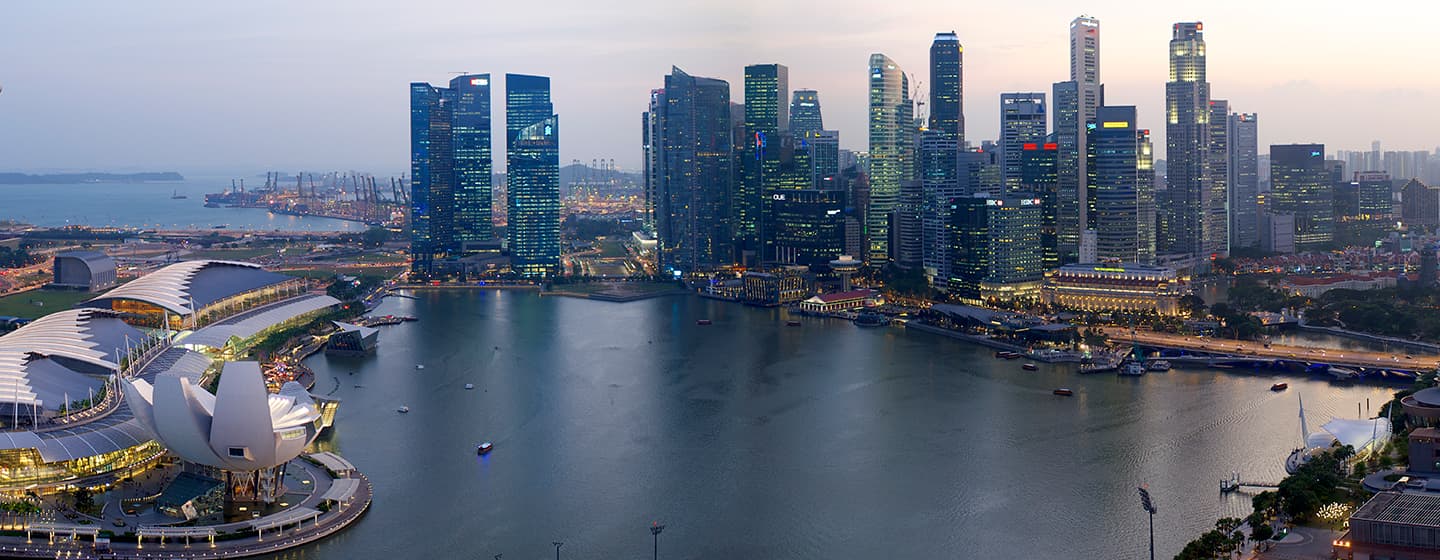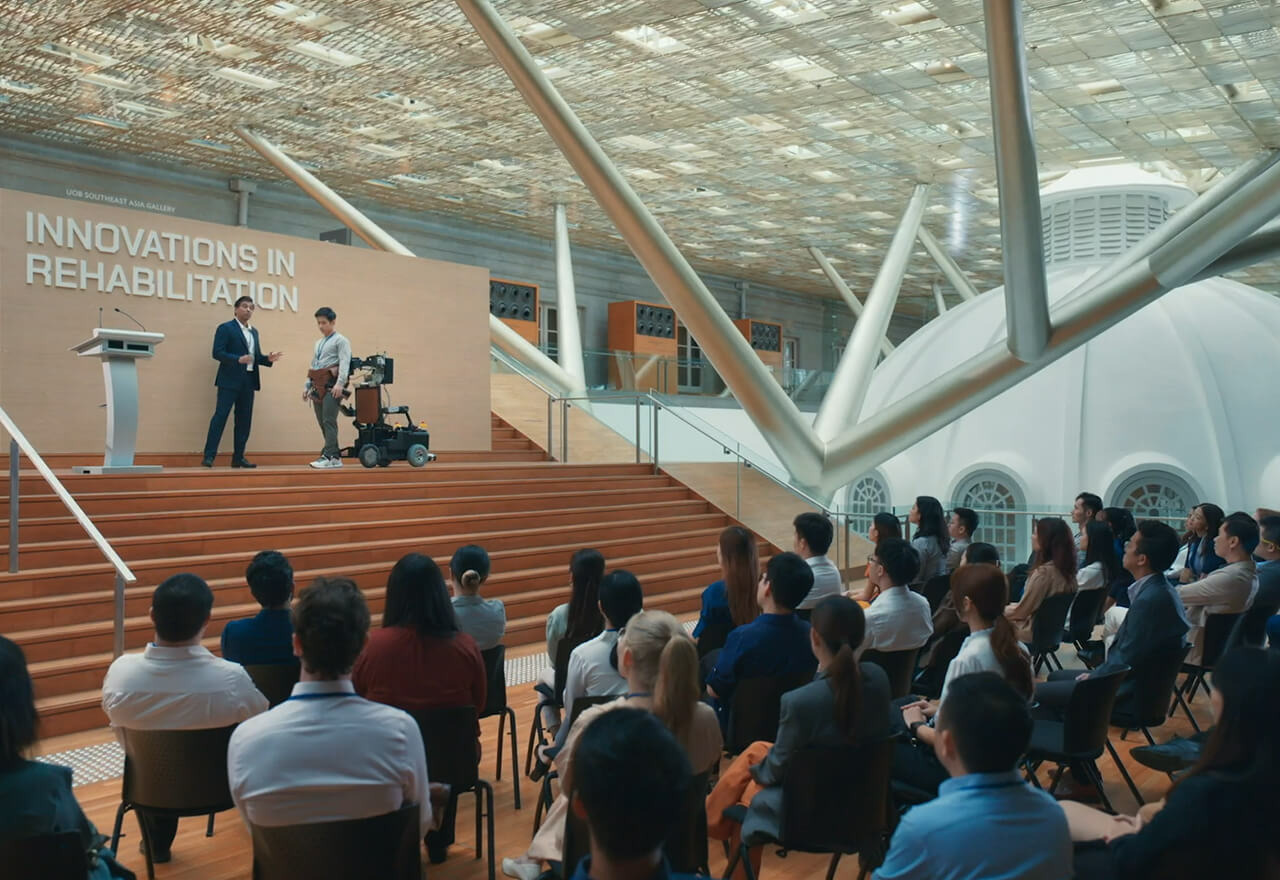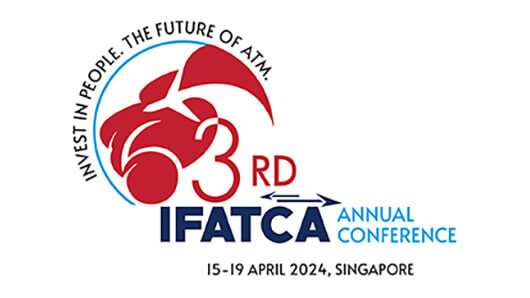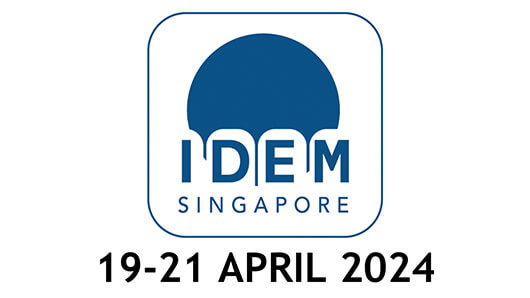LASTING IMPACT
Drive positive change throughyour impactful MICE events
SUSTAINABILITY
Host sustainable events in SingaporeASSISTANCE SCHEMES
Funding programmes that empower world-class events
Success Stories

RehabWeek 2023
RehabWeek made its first-ever debut in Asia in 2023, with Singapore playing host to the 7th edition of the biennial event. The well-established international conference facilitates meaningful cross-disciplinary discussions on advancing rehabilitation and showcases how technology can be harnessed to deliver better patient outcomes. It shone a light on the challenges faced by individuals with disabilities, fostering critical dialogue for solutions that will deeply impact their lives and reintegration into society.
READ CASE STUDY
World Congress of Dermatology 2023
The 25th edition of the World Congress of Dermatology was held in Singapore and Southeast Asia for the first time, focusing on crucial health issues such as migrant and refugee skin health, neglected tropical skin diseases, and diseases in skin of colour. The congress drove meaningful scientific developments including recent breakthroughs offering new hope to patients, such as a novel treatment for alopecia areata and advancements in eczema treatment.
READ CASE STUDY
Singapore International Agri-Food Week
The annual Singapore International Agri-Food Week spotlighted the latest innovations in the agri-food industry, focusing on sustainable food production in Asia. The event enabled regulators and stakeholders to explore safety assessments of novel foods, and advance strategic priorities for greater food security and capacity. It also empowered start-ups to connect with investors, accelerating the development of new agri-food solutions.
READ CASE STUDY
Singapore International Water Week (SIWW)
The biennial Singapore International Water Week (SIWW) is a premier global event for sharing and co-creating innovative solutions in water, coastal, and flood management to address urban water and climate challenges. It serves as a key platform to accelerate climate action, catalysing initiatives and public-private partnerships that make a substantial impact on environmental and sustainability issues.
READ CASE STUDYPlan your next event in Singapore
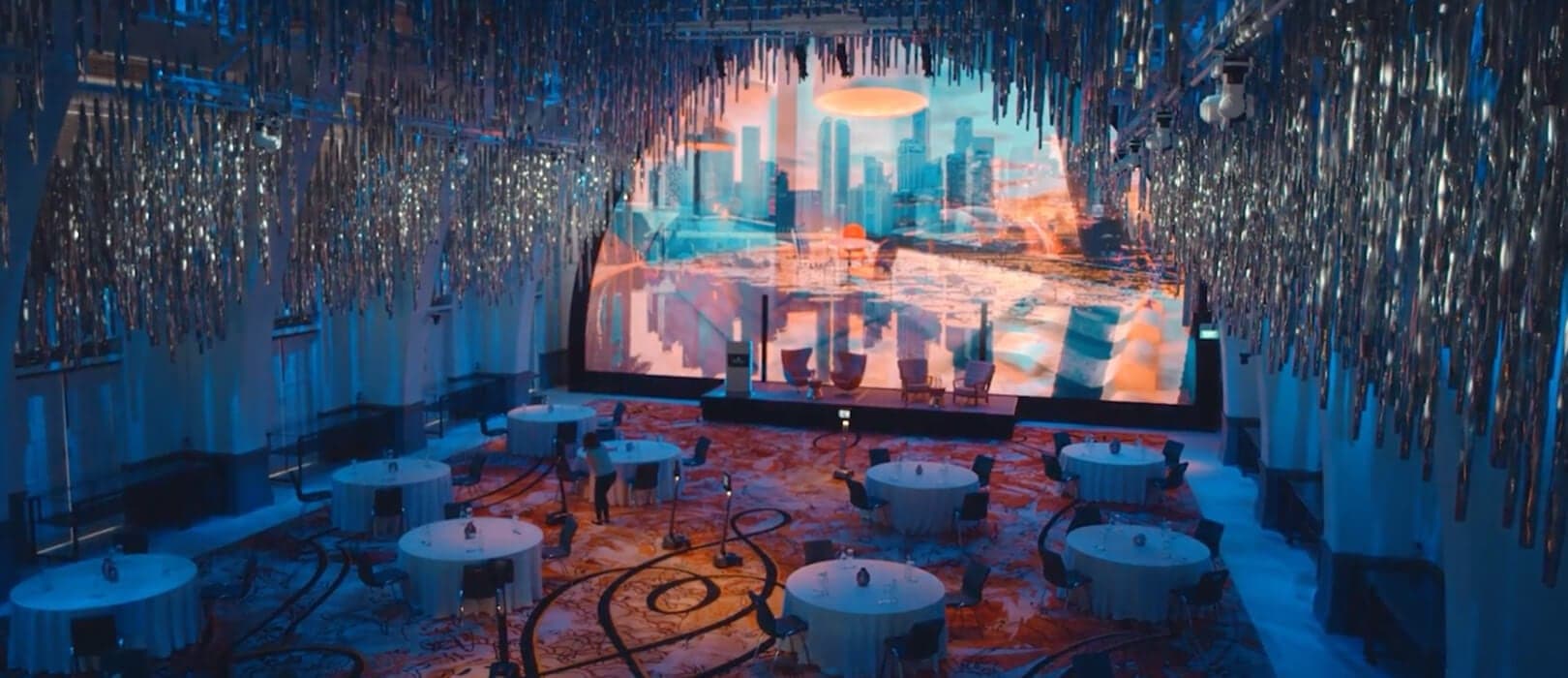
Explore our world-class MICE infrastructure
Browse over 1,700 venues to find the best event space for your needs.

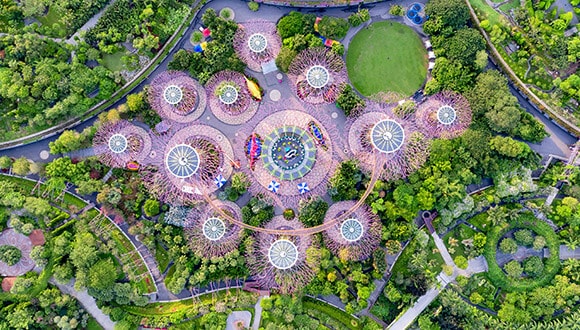
Host Sustainably
Explore Singapore’s innovative green solutions to reduce the environmental footprint of your event.

Vendors & Suppliers
Our local experts are ready to support your event arrangements.

Assistance Schemes
Various grant and funding programmes to help support your event in Singapore.

Team-Building Activities
Organise engaging and immersive team bonding activities against the vibrant backdrop of Singapore.
Meeting for Good
Meetings and business events have the power to drive long-term change in communities. The Singapore Exhibition & Convention BureauTM (SECB) works closely with associations and corporate event organisers to ensure that every business connection and leisure activity paves the way for positive impact. From engaging the community through roadshows to organising a charity run around our iconic landmarks, or reducing your event’s waste and carbon emissions, there are diverse ways for your event to leave a legacy of inspiring hope and fostering progress.
What's Next
Find out more about the upcoming MICE events happening in Singapore.
Request for proposal
Explore the possibilities and create unforgettable events. Our personalised specialists will be ready to help you wherever you are in, no matter your industry or size.
